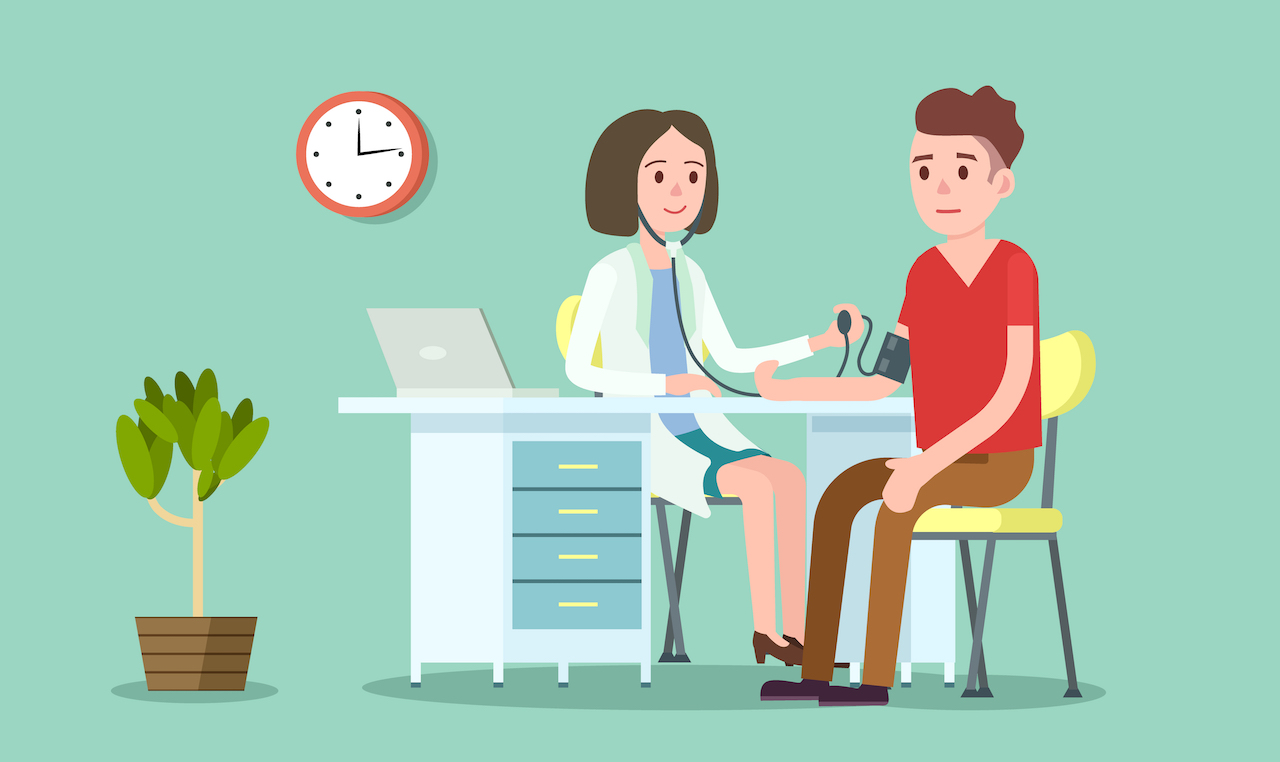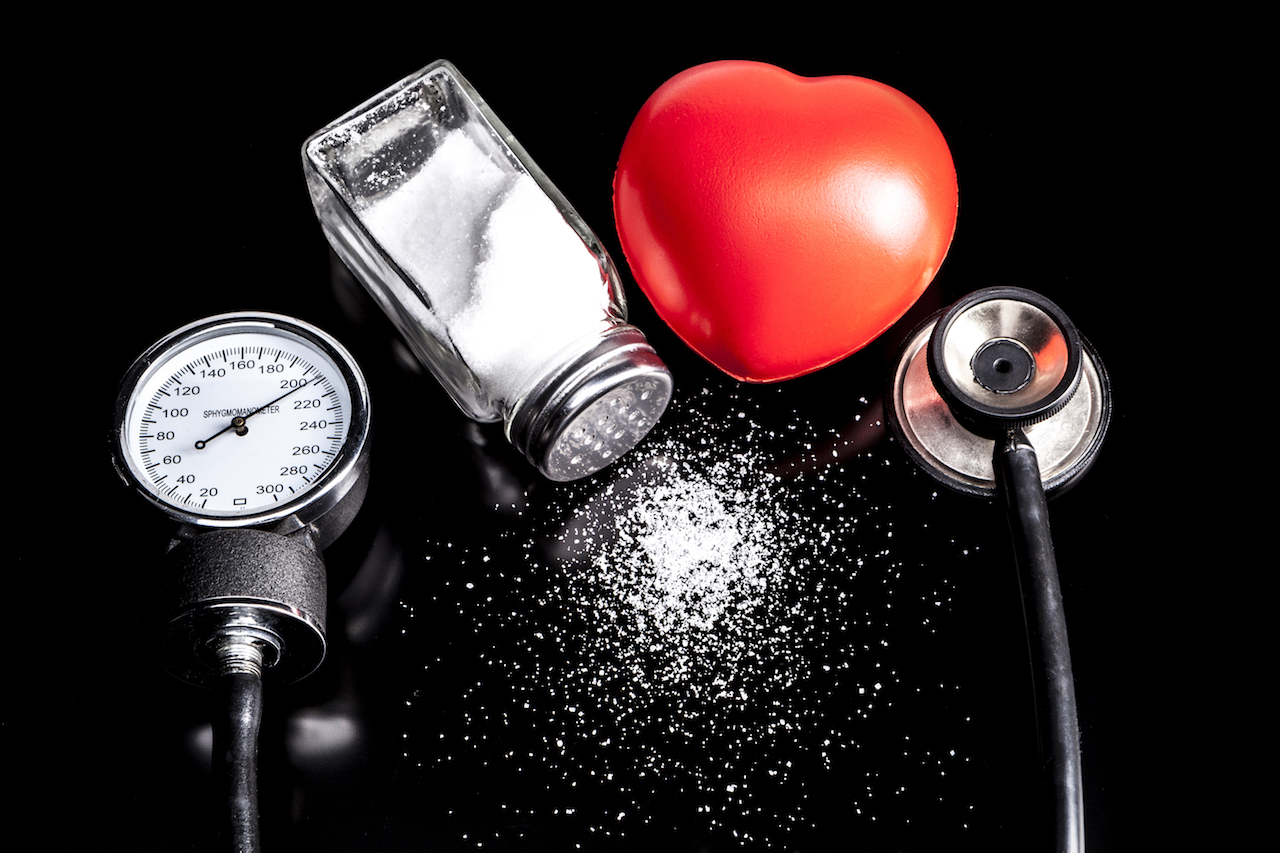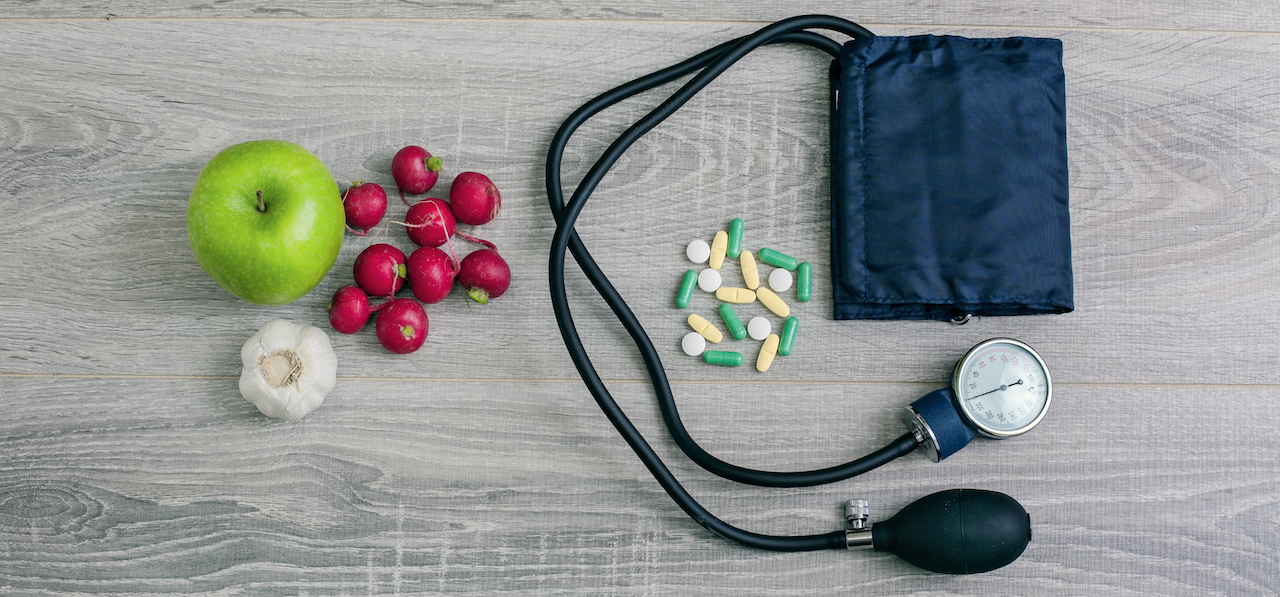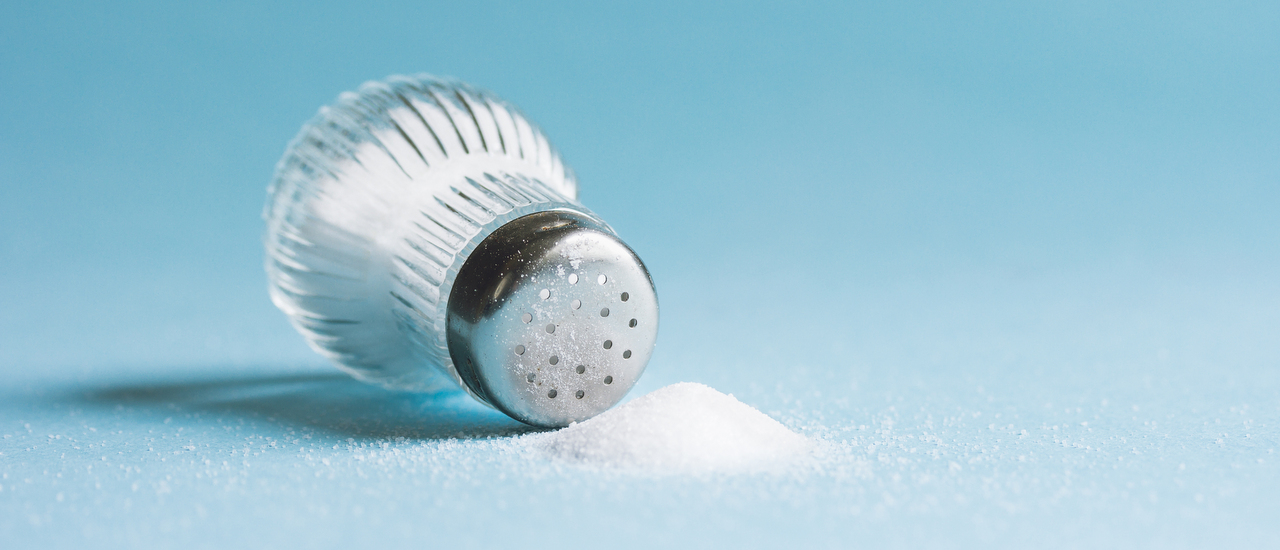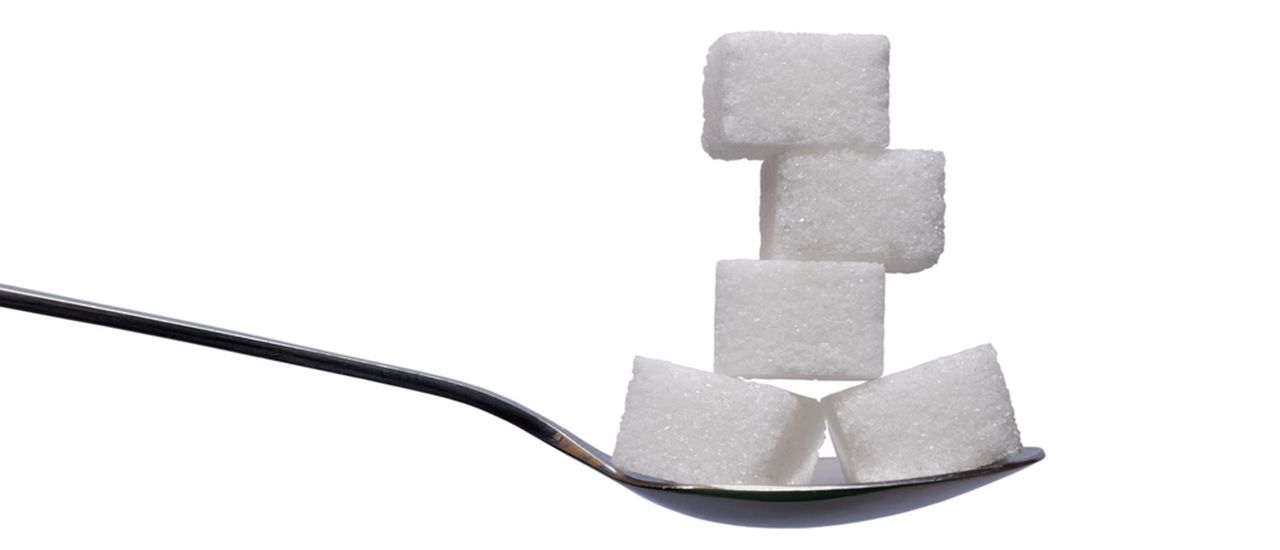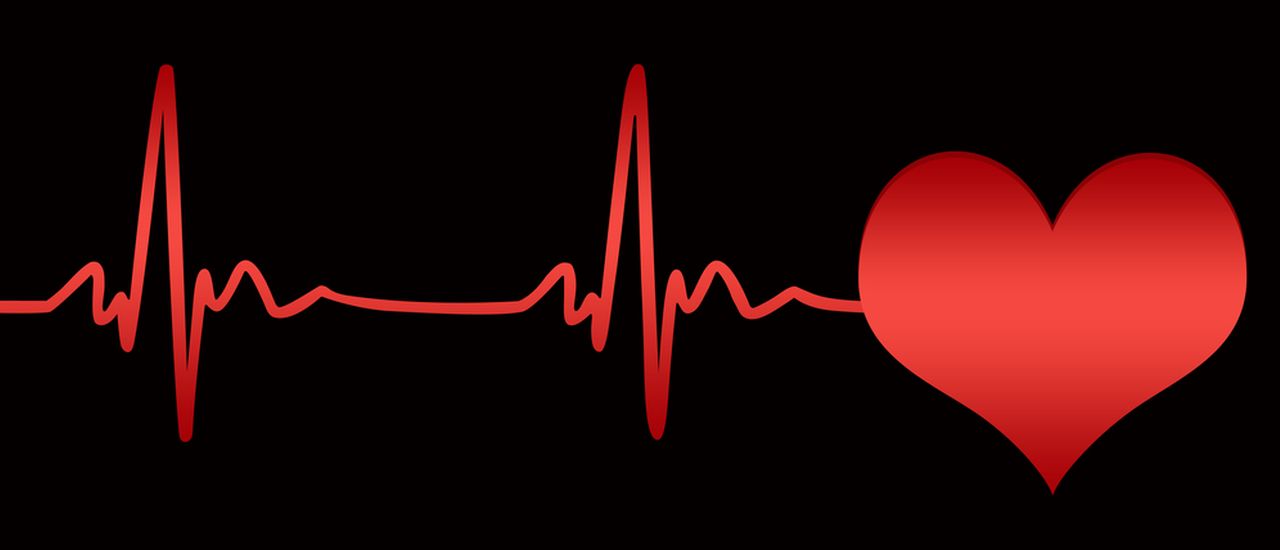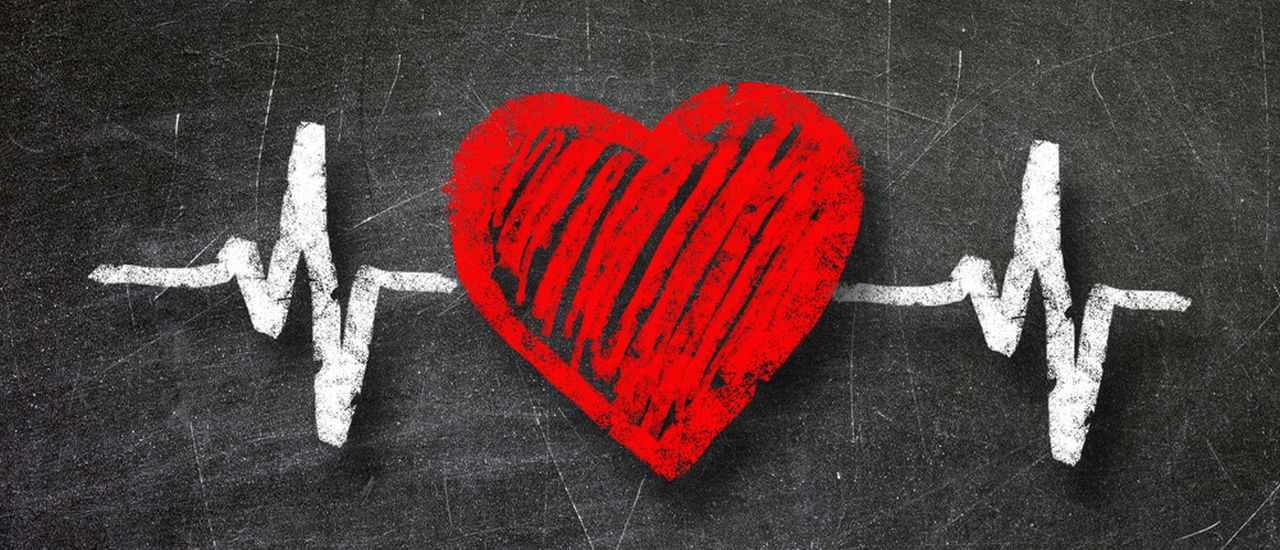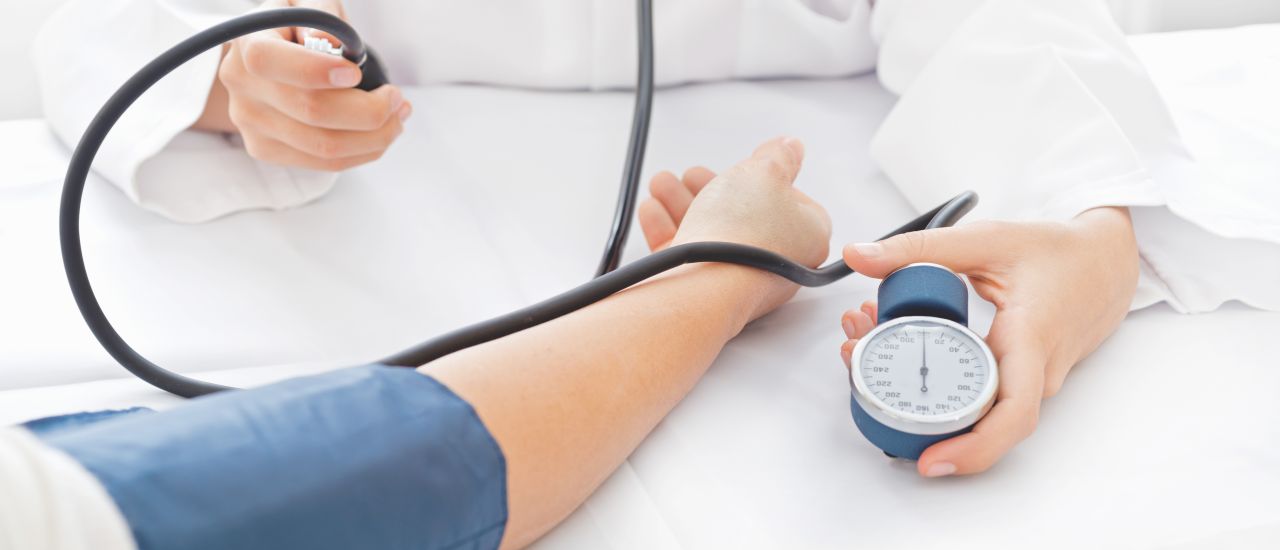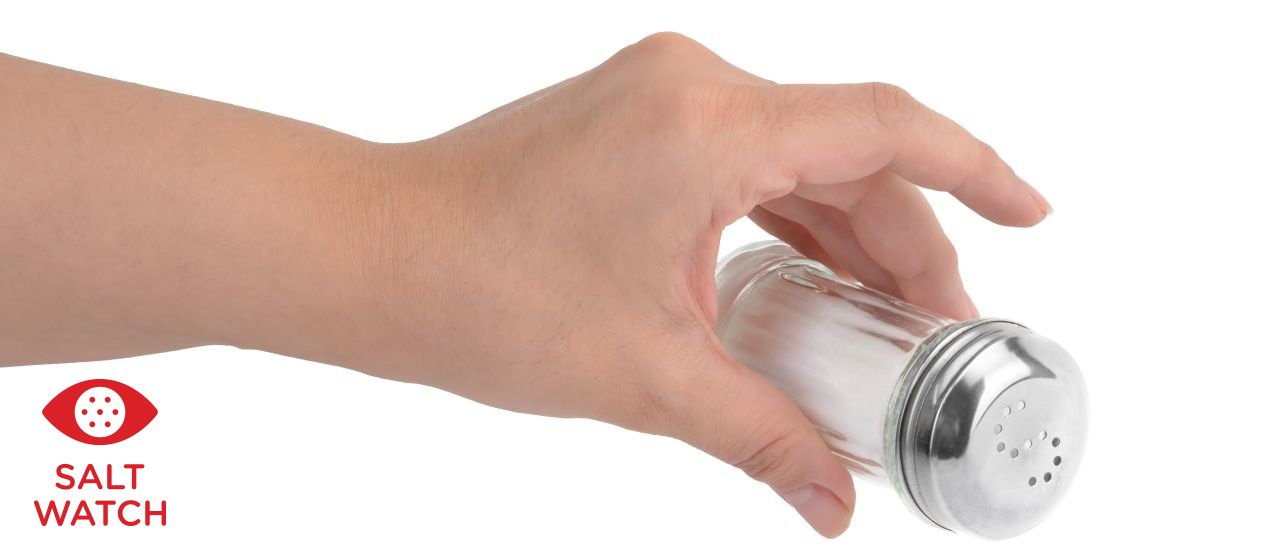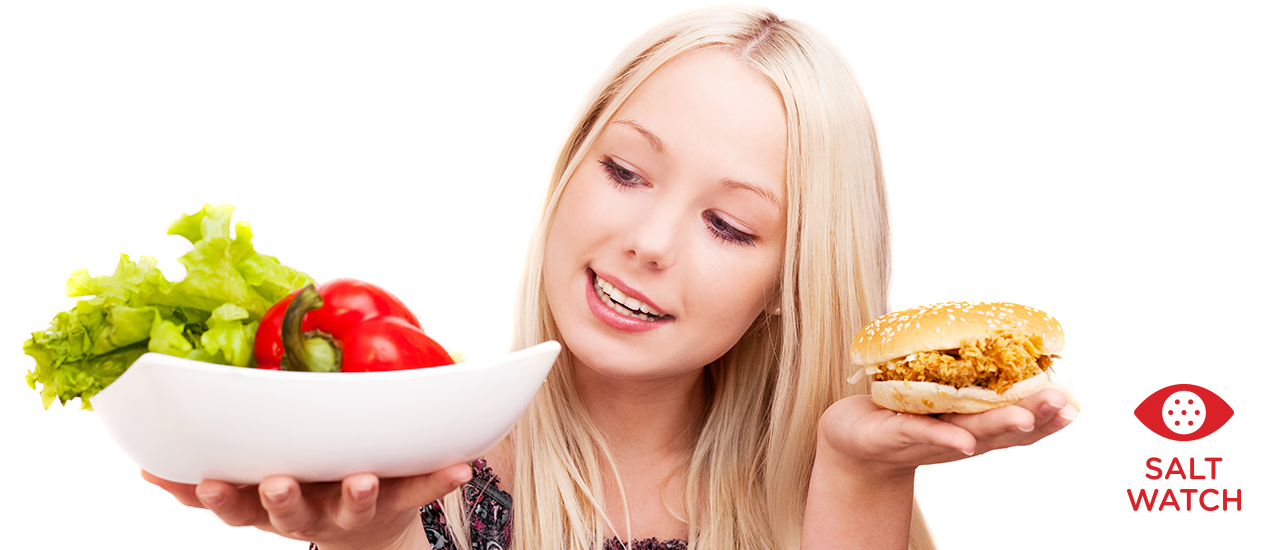Did you know, that your blood pressure never stays the same? It lowers as you sleep and rises when you’re awake, active, excited and nervous. Here’s how it works, and what you need to know to stay healthy:
What is blood pressure?
Blood pressure is the pressure or force of circulating blood within the walls of your blood vessels. When your heart beats, it gives your body the energy and oxygen it needs. As your blood moves through your body, it pushes against the sides of the blood vessels. The strength of this ‘pushing’ is your blood pressure.
If you fill a balloon with water, for instance, the more water you fill, the higher the water-pressure inside the balloon. The water ‘pushes’ against the balloon’s walls. Your blood pressure works the same way.
Without blood pressure, you can’t live. When it gets too high, it puts extra strain on your arteries and heart which can lead to serious consequences. So, essentially high blood pressure (HBP) means the pressure in your arteries is higher than it should be.
High blood pressure is also known as hypertension. This condition is dangerous because it often has no symptoms.
According to the Heart and Stroke Foundation South Africa, one in three adults has high blood pressure and 10 people suffer a stroke in South Africa every hour. Some issues and diseases increase your chances of developing hypertension which can eventually damage your heart, blood vessels, kidneys, eyes, brain and other organs.
What happens if your blood pressure is too high?
High blood pressure has no obvious symptoms and is commonly called the “silent killer”. The high pressure over time, could lead to a heart attack or stroke. Make sure you get your blood pressure checked regularly by a doctor or at a clinic.
What happens if it’s too low?
This is otherwise known as hypotension which is a reading of less than (90/60). This is when your blood pressure is abnormally low. When this happens you may feel nauseous, tired, dizzy, light-headed, confused, have a blurry vision and feel weak.
Risk factors of high blood pressure:
Uncontrollable factors: Family history, chronic kidney disease, obstructive sleep apnea and getting older.
Controllable factors: Smoking, exposure to secondhand smoke, diabetes, obesity, being overweight, high cholesterol, an unhealthy diet and not getting enough exercise. What you eat affects your chances of getting high blood pressure. A healthy and balanced eating plan can reduce your risk and lower the pressure that’s already too high.
Measuring blood pressure
The measurement is made up of two parts: systolic and diastolic. This is why a blood pressure measurement is written as one figure “over” another, like 120/80 mm Hg. The top, systolic, number is the pressure when the heart beats. The bottom, diastolic, number is the pressure when the heart rests between beats.
What your blood pressure reading means:
| Blood pressure category | Systolic mm HG
(upper number) |
|
Diastolic mm HG
(lower number) |
| Normal |
Less than 120 |
and |
Less than 80 |
| Elevated |
120-129 |
and |
Less than 80 |
| High blood pressure
(Hypertension stage 1) |
130-139 |
or |
80-89 |
| High blood pressure
(Hypertension stage 2) |
140 or higher |
or |
90 or higher |
| Hypertensive crisis
(see a doctor immediately) |
Higher than 180 |
and/or |
Higher than 120 |
When to see your doctor
The only way to know if your blood pressure is okay is by going for regular check-ups. If you’re diagnosed with hypertension, make sure to take your medication exactly as your doctor prescribes! Don’t swap your dosages or stop taking them, even if you think you feel better.

